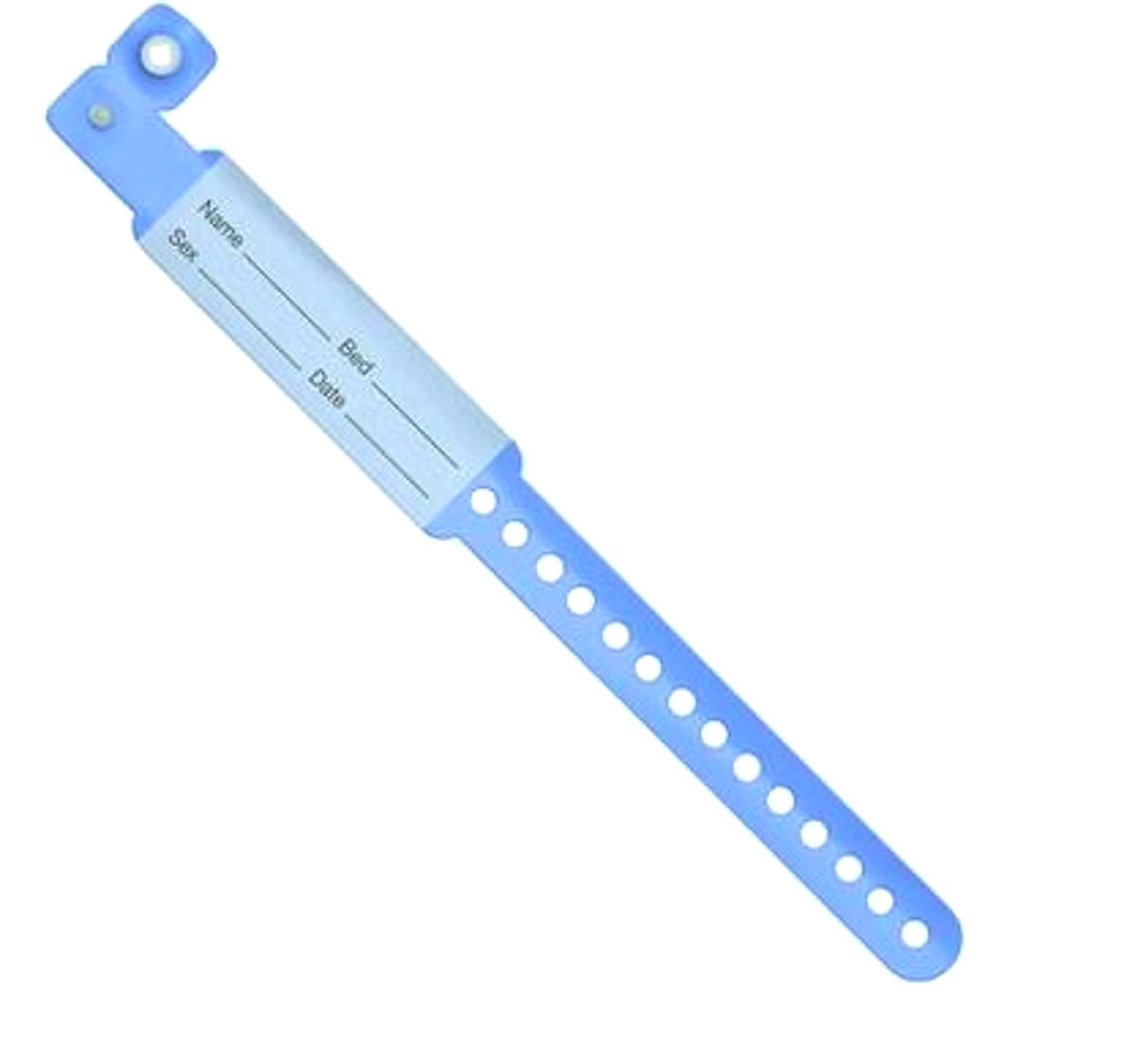Best Practices for Implementing a Patient Identification Band System in Your Clinic
Best Practices for Implementing a Patient Identification Band System in Your Clinic
Blog Article
Just How Patient Identification Band Plays an Important Function in Patient Administration and Treatment
Patient Identification bands offer as a vital gear in the complex equipment of healthcare systems, serving as a guard against clinical errors. As the frontline tool for validating Patient identification, these bands underpin crucial processes from carrying out the appropriate medicine to ensuring the ideal individual goes through the designated procedure. The extensive impact of such an ostensibly basic device on Patient safety and security, experience and outcomes may stun several, leaving one to ponder the prospective improvements and advancements that can further enhance their performance.

Comprehending the Basics of Patient Identification Bands
Despite the simpleness of their appearance, Patient Identification bands serve an essential function in medical care setups. They generally show the Patient's full name, date of birth, and an one-of-a-kind Identification number, serving as the main resource of Patient Identification - patient identification band. The use of these Identification bands is considered an universal protocol in healthcare, aimed at guaranteeing Patient safety and precision of care distribution.
The Role of Patient Identification Bands in Minimizing Medical Errors
A staggering number of clinical errors take place due to Patient misidentification, emphasizing the vital function of Patient Identification bands. These bands, usually furnished with barcodes or QR codes, contain essential Patient info such as name, age, and medical background. In high-stress environments where clinical workers juggle various responsibilities, Patient Identification bands offer as a reputable and quick reference.
Enhancing Patient Security With Identification Bands

The Influence of Patient Identification Bands on Patient Experience
Virtually all patients in medical care settings experience the usage of Identification bands throughout their treatment trip. These bands, typically put on around the wrist, have an extensive impact on the Patient experience. They offer as a continuous, noticeable suggestion of the Patient's identification and medical conditions, assuring patients that they are acknowledged and cared for.
Future Developments and Developments in Patient Identification Bands Technology
While existing Patient Identification bands have shown effective in enhancing treatment, the perspective of technical developments promises also better renovations. RFID tags can give real-time Patient place tracking, while QR codes can store thorough Patient information available through smartphone scanning. Hence, future technologies in Patient Identification bands hold substantial possibility in changing Patient care.
Verdict
Patient Identification bands are an indispensable property in health care, ensuring exact Patient Identification and minimizing clinical mistakes. These tools enhance Patient safety, increase confidence in health care systems, her response and improve Patient experiences and results. With the potential for future developments in Identification band innovation, their role in Going Here Patient management and treatment is readied to become even more critical, strengthening their value in the shipment of reliable and safe healthcare.
How Patient Identification Band Plays a Vital Role in Patient Monitoring and Care
An incredible number of medical errors happen due to Patient misidentification, underscoring the important function of Patient Identification bands. patient identification band.Undoubtedly, the usage of Patient Identification bands considerably boosts Patient security in health care settings. Therefore, future innovations in Patient Identification bands hold substantial capacity in changing Patient care
Patient Identification bands are a crucial asset in health care, making sure precise Patient Identification and minimizing clinical errors.
Report this page